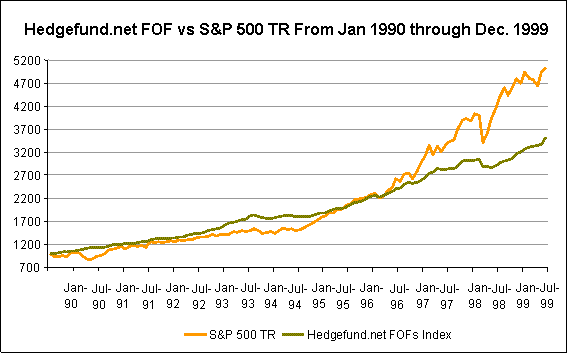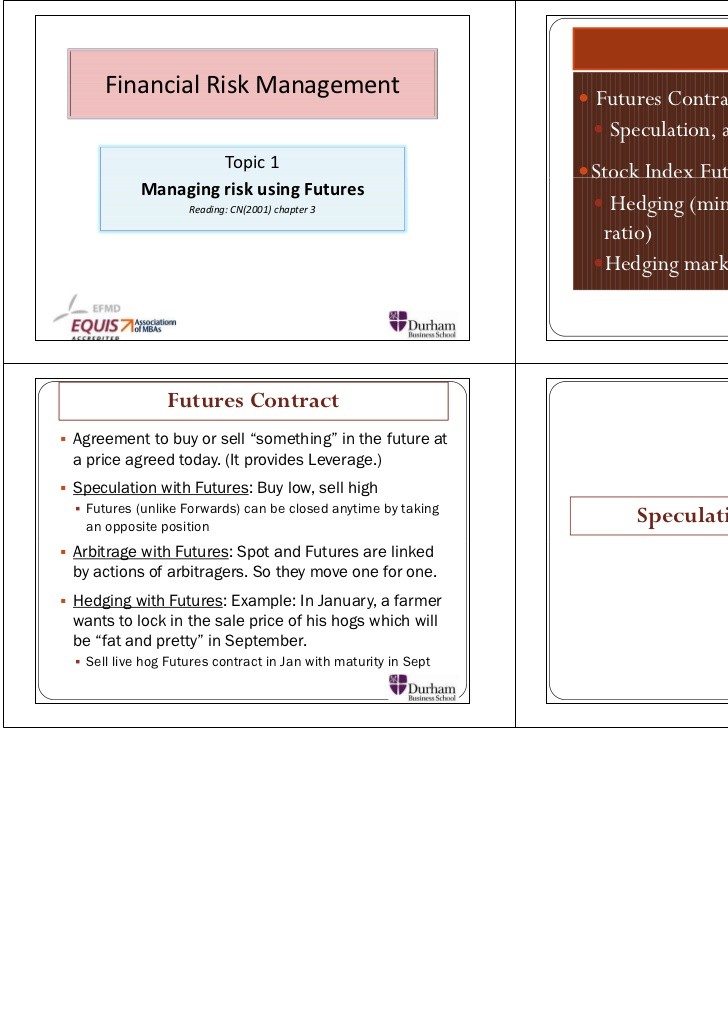Hedging Your Risk With S P 500 Futures Contracts
Post on: 2 Июль, 2015 No Comment

Retail investors can use futures contracts on the S&P 500 Index to hedge the risk of their portfolios. just as institutional investors do. In fact, an S&P 500 futures contract was created specifically with retail investors in mind—the S&P 500 e-mini contract. Introduced in 1997, the e-mini contract is valued at $50 times the futures value of the index, while the standard S&P 500 contract—often referred to by names such as “the Big S&P” and “the Big Car”currently uses a multiplier of $250.
What is the effect of the different multipliers? Well, when the price of a standard S&P 500 futures contract is 1400, the contract value is $250 x 1400 = $350,000, but when the price of an e-mini contract is 1400, the contract value is only $50 x 1400 = $70,000. When you are trying to hedge the risk of your stock portfolio using a futures contract, you want a contract that is close in value to the value of your portfolio. The values of the portfolios of many retail investors are closer to $70,000 than to $350,000, and if you’re lucky enough to have a portfolio worth more than $70,000, you can use multiple contracts. For instance, if the value of one contract is $70,000, two S&P 500 e-mini contracts could be used to hedge a $140,000 portfolio. Of course, if you do have a portfolio worth $350,000 or more, you can execute a hedge using one or more standard S&P 500 futures contracts.
The stipulated multiplier also affects how the value of the contract changes given a change in the futures price of the underlying asset. For example, if the settlement price of the S&P 500 e-mini contract were to move from 1400 to 1402, the value of the contract would increase from $70,000 to $70,100 (= 1402 x $50), not from $70,000 to $70,002. Short positions pay long positions when the value of a futures contract increases; therefore, $100 would be deducted from the accounts of all short positions in the contract and deposited into the accounts of all the long positions. If this were a standard S&P 500 futures contract, short positions would have to cough up $500 instead.
The initial margin requirement. which is the amount of cash an investor must deposit when entering a position in the futures contract, is significantly less for the S&P 500 e-mini futures contract, too. Although subject to change, it’s expected to be around $3,500 for the foreseeable future, while an initial investment of $21,875 is required for the Big S&P.

So, for simplicity, let’s assume you have $70,000 invested in an S&P 500 Index mutual fund or ETF . You want to maintain your investment, but you fear that the stock market is going to take a dip in the next few months, causing you to lose money. In such a scenario, you can take a position in an S&P e-mini contract that will enable you to offset your losses if your fear is realized.
Recall that futures contracts are marked to market daily, and if the settlement price is higher than that of the previous day, money is deducted from the accounts of the short positions and deposited in the accounts of the long positions in the contract. If the price of the underlying asset decreases, the reverse is true: money is deducted from the accounts of the long positions and deposited in the accounts of the short positions. Thus, assuming that the value of an S&P 500 e-mini contract is currently $70,000, a short position in one S&P 500 e-mini contract will hedge your risk. You will be locking in a value of $70,000, for better or worse. When the S&P 500 Index increases, your mutual fund or ETF will gain, but you will lose on your futures position (since short must pay long); but when the S&P decreases, the loss on your mutual fund or ETF will be offset by a gain from your futures position (since long must pay short). If the value of your S&P 500 Index fund is something different from $70,000—a more likely scenario—you can still execute a hedge using one or more S&P 500 e-minis; any gains or losses from the long position you have in your mutual fund or ETF will just be less offset by gains or losses from your position in the futures contract(s).
You can also use the S&P e-mini contract to earn speculative profits, just as you can with any other futures contract. Simply enter the position in the contract that will pay off, based on your expectations. If you believe that the S&P 500 Index is going to increase in value, you can go long in an S&P 500 e-mini contract, and if you believe it will decrease in value, you can take a short position in the e-mini. Once you believe the index has risen or fallen as much as can be expected, reverse out of the trade by entering the opposite position in the same contract and take your profits.














